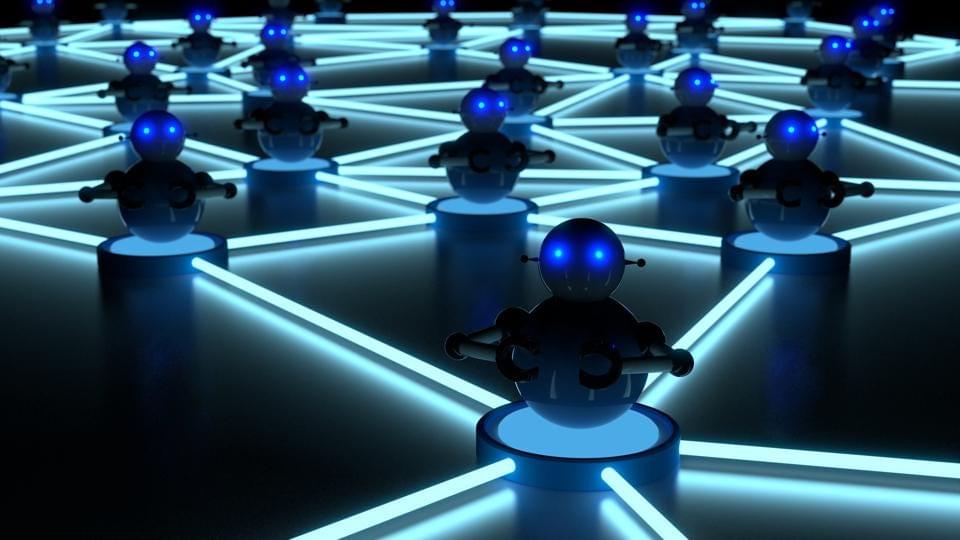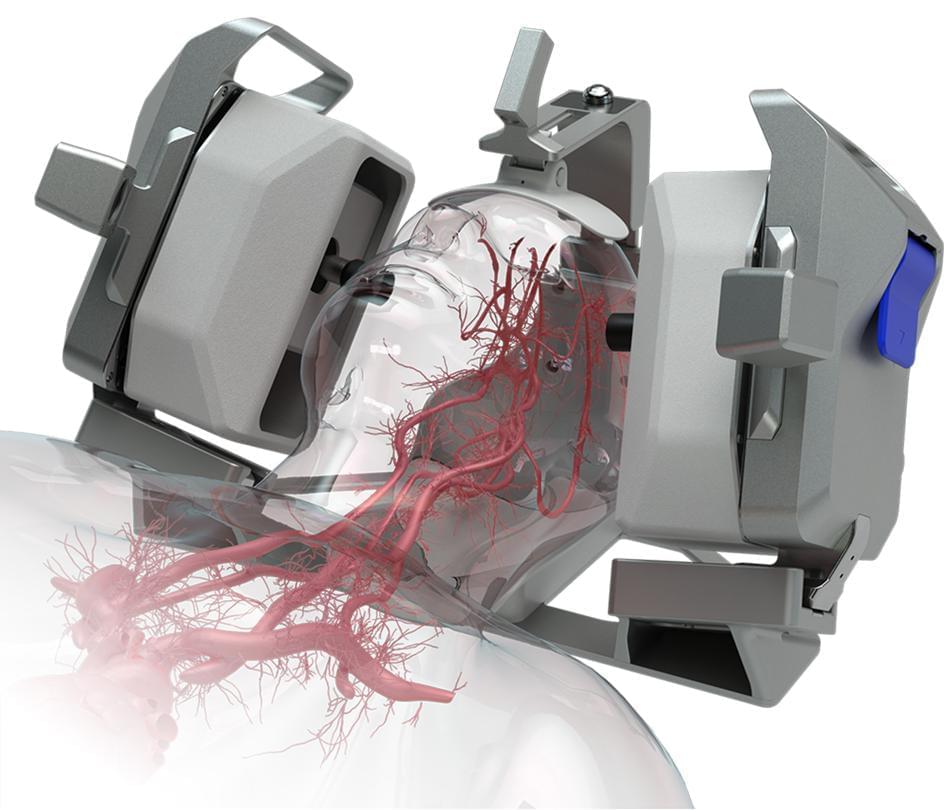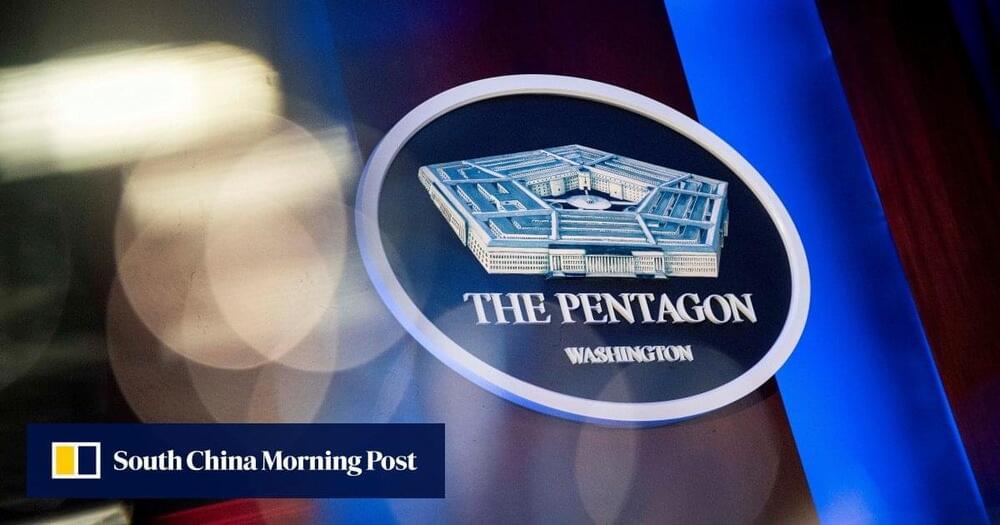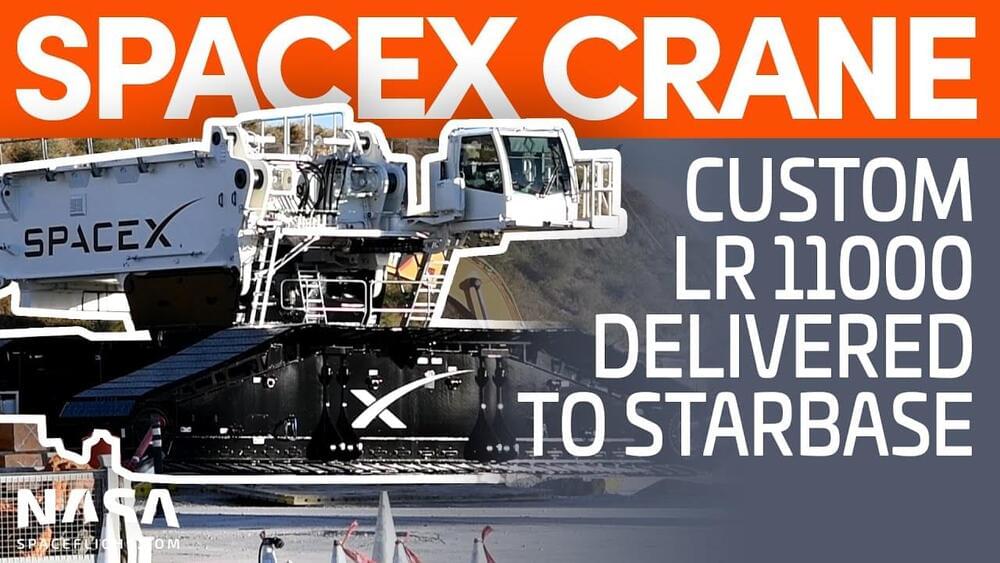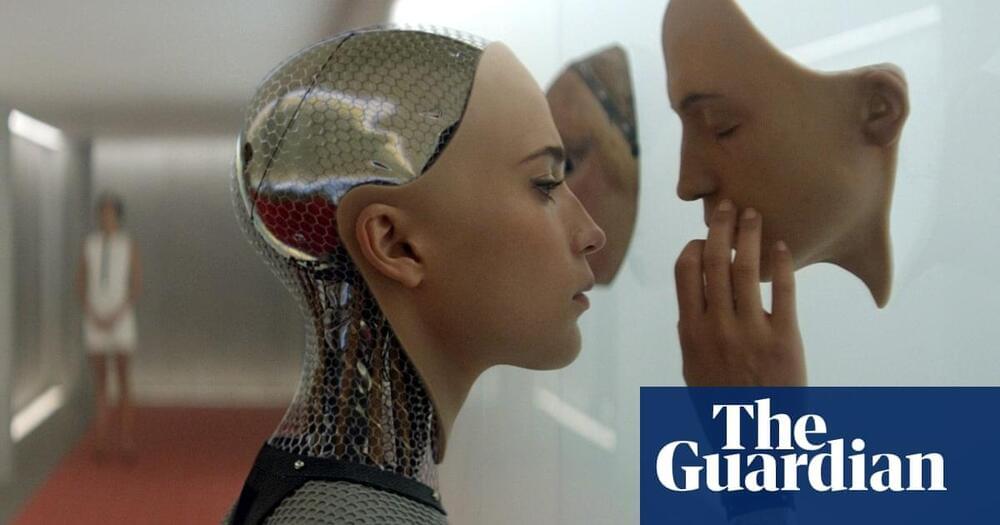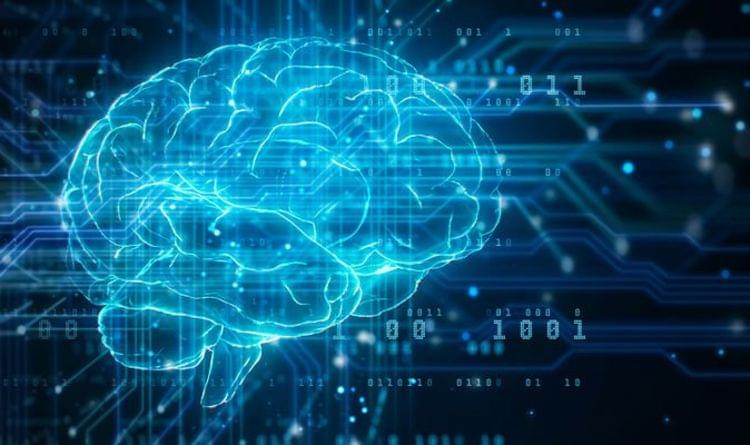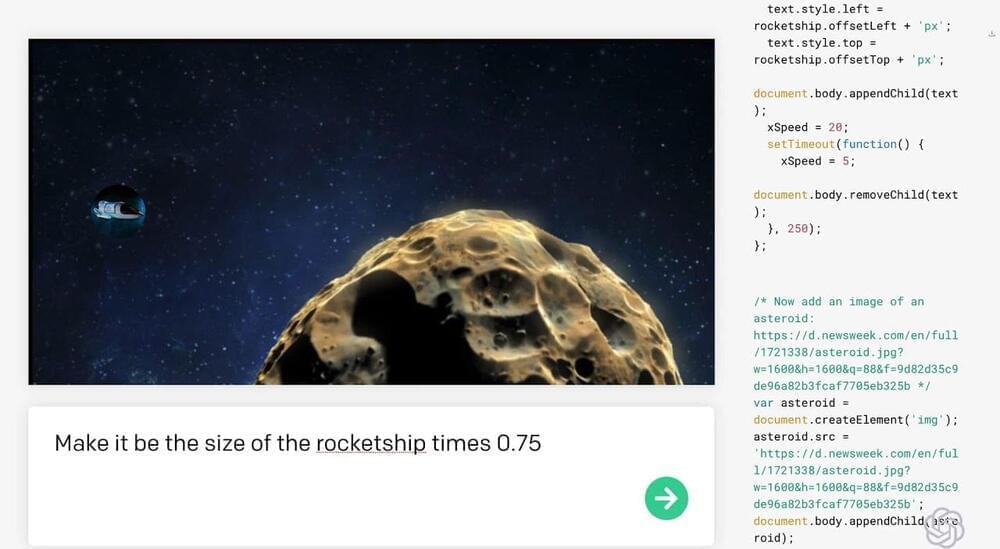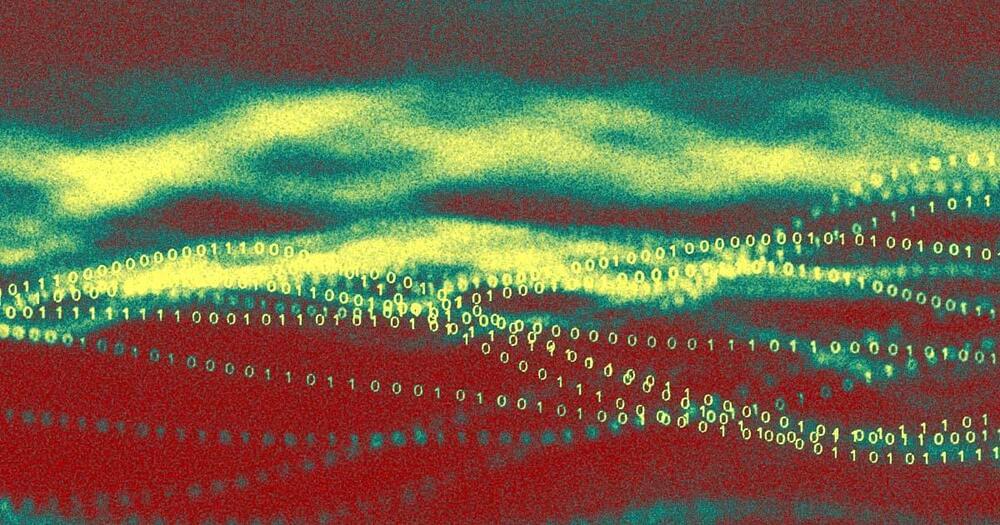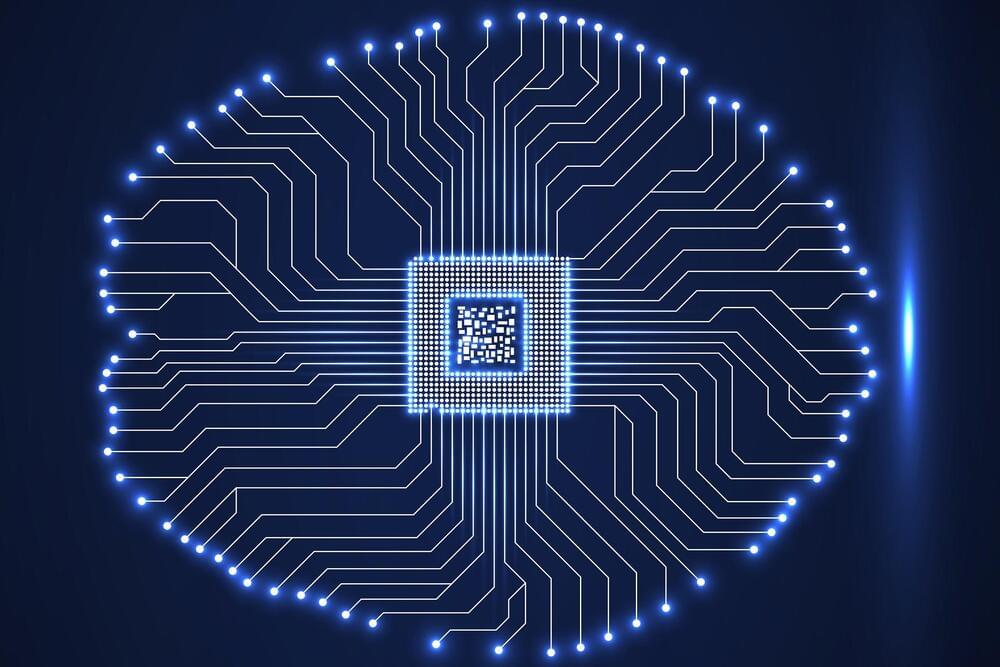In the world of rampant data sharing, nefarious use of personal data and media manipulation, it is clear the lucrative ad tech market may not necessarily be ready for complete transformation. This post follows the introductory article entitled, Real-Time Bidding: The Ad Industry has Crossed a Very Serious Line. I had a chance to sit down with Dr. Augustine Fou, my collaborator on the article, and a seasoned marketer, who has “witnessed the entire arc of the evolution of digital marketing”. Dr. Fou currently helps marketers audit their digital campaigns for ad fraud and optimize campaigns based on accurate analytics.
Advertising has evolved tremendously in the last 20 years. The market for digital ads and the scale to which impressions are bought and sold across the ad exchanges has made the industry more efficient and more lucrative. Has advertising been truly transformed?
